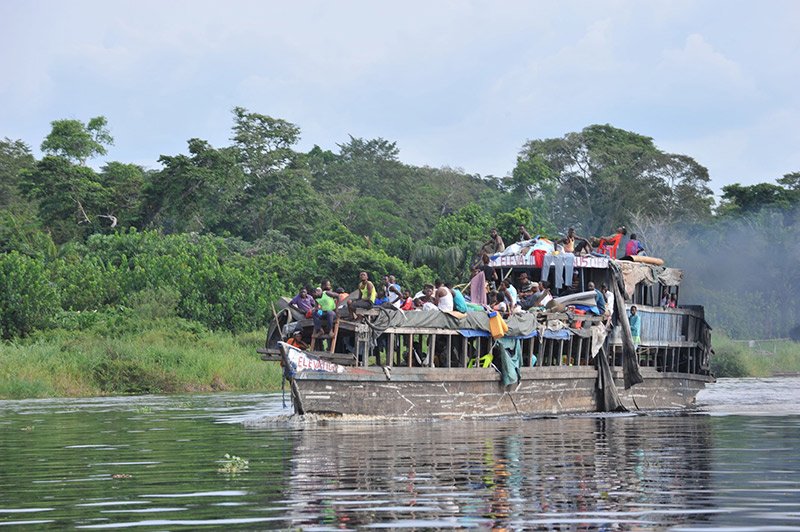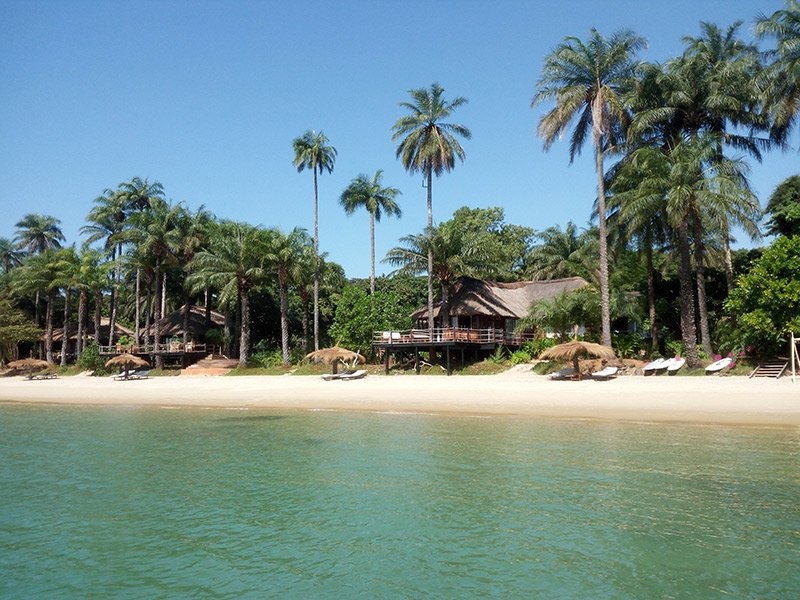Discover Benin
Possibly the Gulf of Guinea’s least known country, Benin should be on the list of any African traveller. A country of mainly open savannah, with coffee plantations and oil palm, it is the culture and history of Benin that attracts visitors rather than any standout natural attractions.
From former slave towns and centres of the voodoo religion to the history of the Dahomey kingdom, with its grandeur and brutality, Benin (and its neighbour Togo) is a fascinating country to explore.
When visiting Benin, a visit to Abomey is a must. Abomey was once the capital of one of Africa’s greatest nations, Dahomey, whose rulers struck terror into the heart of surrounding tribes as they made war, conquered land, and captured slaves.
What to see on our
Benin Group Tours
• Experience a traditional voodoo ceremony
• Visit the beach and the sombre ‘Gate of No Return’, the point from which slaves left Africa for the New World.
• Take a boat to the stilt village of Ganvie
• Learn about the fascinating history of the kingdom of Dahomey at Abomey
• Visit the fiercely traditional Tamberma with their extraordinary fortress style houses
• Visit the fiercely traditional Tamberma with their extraordinary fortress style houses
• Extend your West African adventure on a 25 day tour including Ghana, Togo and Benin
-
Although many of our tours are small group adventures with set departures, as a bespoke operator, we can design and create trips to suit any traveller, from solos to larger groups.
Most of our popular group tours are available on a private basis, allowing you the freedom to decide on when you would like to travel. Below we have given some sample pricing based on one or two people travelling. To find out more about organising this tour on a private basis, or arranging the perfect holiday tailored to your requirements get in touch with our well-travelled team. Contact us by phone or email.
Togo and Benin - Hidden Gems of West Africa
11 Days Private Tour price based on one person travelling - from £5,390
11 Days Private Tour price based on two people travelling, sharing twin or double accommodation - from from £3,610pp
Our Tours
Togo and Benin
Hidden Gems of
West Africa
Small Group Tour
11 Days from £2,750
Ghana, Togo,Benin
Ghana, Togo and
Benin Explorer
Small Group Tour
25 Days from £5,990
Feedback from our Travellers
Best Time to Visit
The most pleasant months to visit Benin are between November and February when temperatures drop along with the humidity. From May to July and in September expect rain.
Sep
Oct
Nov
Dec
Best
Mixed
Poor
Mar
Jan
Feb
Apr
Aug
May
Jun
July






